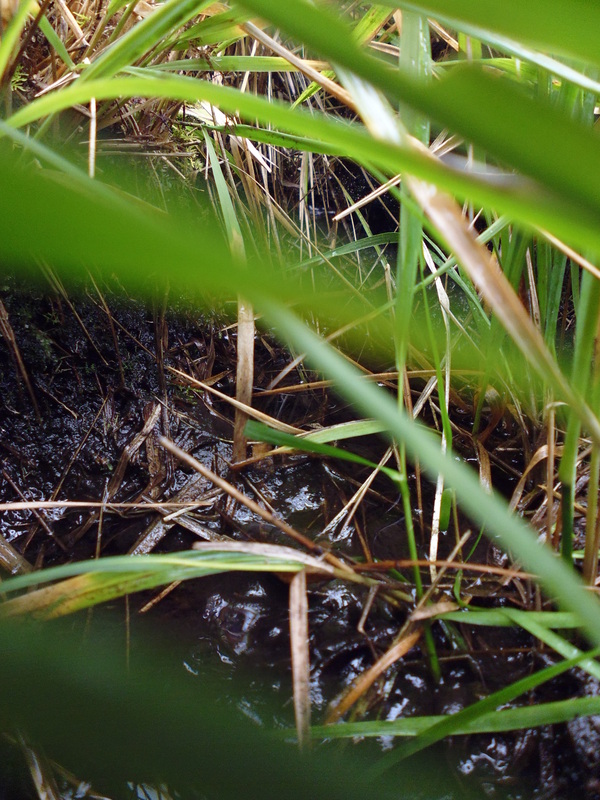“All water wants, all water ever wants, is to fall”
From “Lifted” By Jo Bell (Unpublished poem – read on BBC Radio 4 Poetry Please, 19 10 2013)
But now, in a discernible stream, a run of water of such age and power that it has carved out its route into the land. Not straight down of course, but meandering, finding the path of least resistant through soil, tree roots, strata of rocks. And it carries. And it is home to some. Water we are told – is inert, this is why it is such a good basis of life. The matrix of cell activity > life. In it things can meet. Water is the ultimate networker, the relational god. And the fresh water mussels – we are told – live in the flow of water for maybe a hundred years, putting on their shells like tree rings. But they have not bred for fifty years. The connections and the carryings are troubled.
The loose materiality of water is animated by gravity - it is workable, by a fin, or webbed foot, or oar of diesel driven propeller. But it hangs together enough to have weight. To press back on the hull of the boat, on our bodies as we swim.
Jan Salby – in his critique of empathy asks:
“How might one possibly do this: imagining being the other - without inevitably projecting and thus imposing what is in fact our own ‘being’ onto the other person? Can we really successfully, genuinely imagine being an other person?”
Please excuse this longish quote, but here is the start of his answer. It not the whole answer of course, but I feel in some respects we began to enact this kind of procedure when in the boat, testing the water, swimming etc:
"Recent phenomenological work on what has become known as interaction theory has the potential to make some progress in this regard, putting forth a possible alternative to empathetic perspective -shifting. It is no accident that interaction theory thoroughly breaks with simulation accounts of empathy. This approach, as developed by authors such as Shaun Gallagher, Joel Krueger, Thomas Fuchs, Matthew Ratcliffe and others, does not conceive of the understanding of another’s mind as a case of one person simulating or mirroring an other’s mentality, but instead focuses on mutual interactive engagement and on an emphatic co-presence or ‘being-with’ one another. Instead of the inquisitive attempt of one ‘mind’ getting ‘at’ or even ‘into’ another, a kind of joint agency, and joint active world-orientation is established. With this, interaction theorists appreciate what has just been shown: that the only way to meaningfully engage with another person’s mentality without imposition is by engaging with them on the level of agency — establishing co-engagement, as it were, for example by jointly enacting a project. “Participatory sense-making” has been one helpful concept developed for this purpose (de Jaegher & di Paolo 2007), another is the concept of a “we-space” (Krueger 2011) —a realm of co-presence, bodily enacted between interacting individuals. In these various forms of joint active engagement, the interactants might come to achieve a kind of coalescence that brings forth exactly the kind of ‘union of minds’ that advocates of empathy strive for — not by way of simulation but rather by first building up a joint perspective on the world that both may then adopt as their own. Thus, there is an active, constructive and forward-looking element here that establishes connection between individuals—instead of a miraculous bridge between two essentially closed-off inner realms.”
Emphasis added - Slaby, J. (in preparation). Against Empathy: Critical Theory and the Social Brain. Draft Manuscript, comments welcome [pdf]. Online at http://www.janslaby.com/

 RSS Feed
RSS Feed
